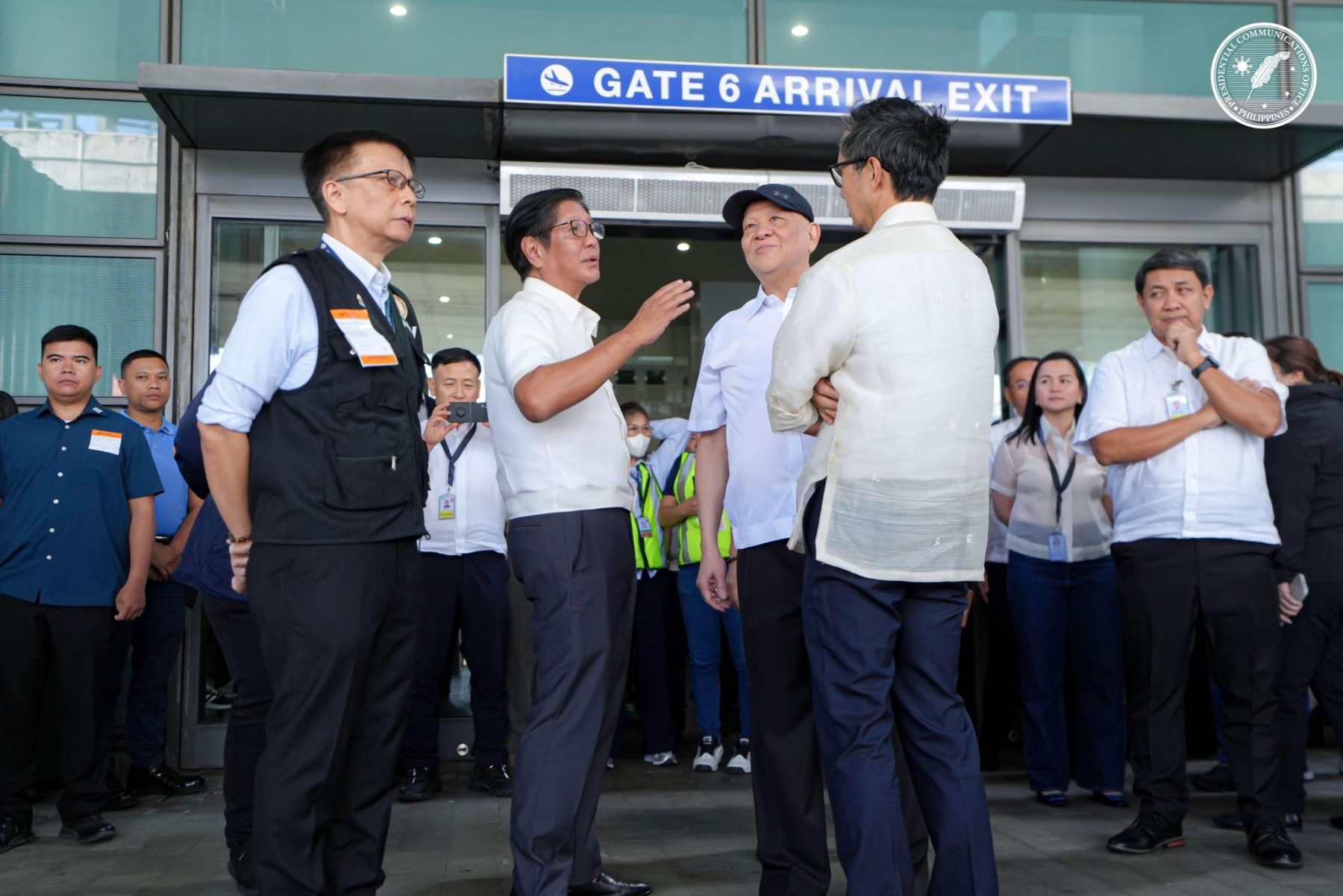
President Ferdinand R. Marcos Jr. expressed his excitement over the upcoming implementation of facial recognition technology at Ninoy Aquino International Airport (NAIA), a move aimed at significantly improving the travel experience, especially for Overseas Filipino Workers (OFWs).
The advanced system, expected to be rolled out before Christmas, will enable travelers, particularly Overseas Filipino Workers (OFWs), to pass through immigration using only their facial features, thereby eliminating the need for passports and ID cards.
In a media interview following his inspection at NAIA Terminal 3, President Marcos shared his enthusiasm for this milestone in modernizing the country’s airport facilities.
“Soon, malapit na, iyong mukha na lang nila ayun na,” he said, explaining that this innovation would make the immigration process faster and more convenient for returning OFWs and other travelers.
The Chief Executive also noted that the measure would minimize the hassle of carrying multiple documents.
“Hindi na kailangan bumunot ng passport. Soon, magkakaroon na tayo niyan,” emphasizing the convenience the new system will offer.
The President highlighted how the facial recognition system aligns with his administration’s commitment to improving the travel experience for OFWs.
“They have facilities now that they didn’t have before. But more importantly, I think, in the facilities, if you’re trying to make life easier for them, na mabilis na hindi sila hinahanapan ng ID,” he said.
The system will enable OFWs to quickly access services without requiring multiple forms of identification or documents.
This cutting-edge technology is part of a larger initiative under the Public-Private Partnership (PPP) model, which is funding the modernization of the NAIA.
President Marcos pointed out that the project represents the most significant and fastest PPP the country has ever undertaken.
“This is the biggest PPP that the country has ever done. And by the way, this is the fastest that we were able to do because it was — I pushed it very, very hard,” he said.
In addition to the facial recognition system, President Marcos mentioned other upgrades, such as relocating hired vehicles and taxis underground to reduce congestion.
“The system for vehicles, including hired cars and taxis, has already been moved underground, improving the overall traffic flow,” he shared.
He also acknowledged the ongoing work at the airport.
“This is the nicest I’ve seen the airport in 20-30 years. So, let’s keep doing it,” further affirming his commitment to providing world-class services for all travelers, both domestic and international. | PND

